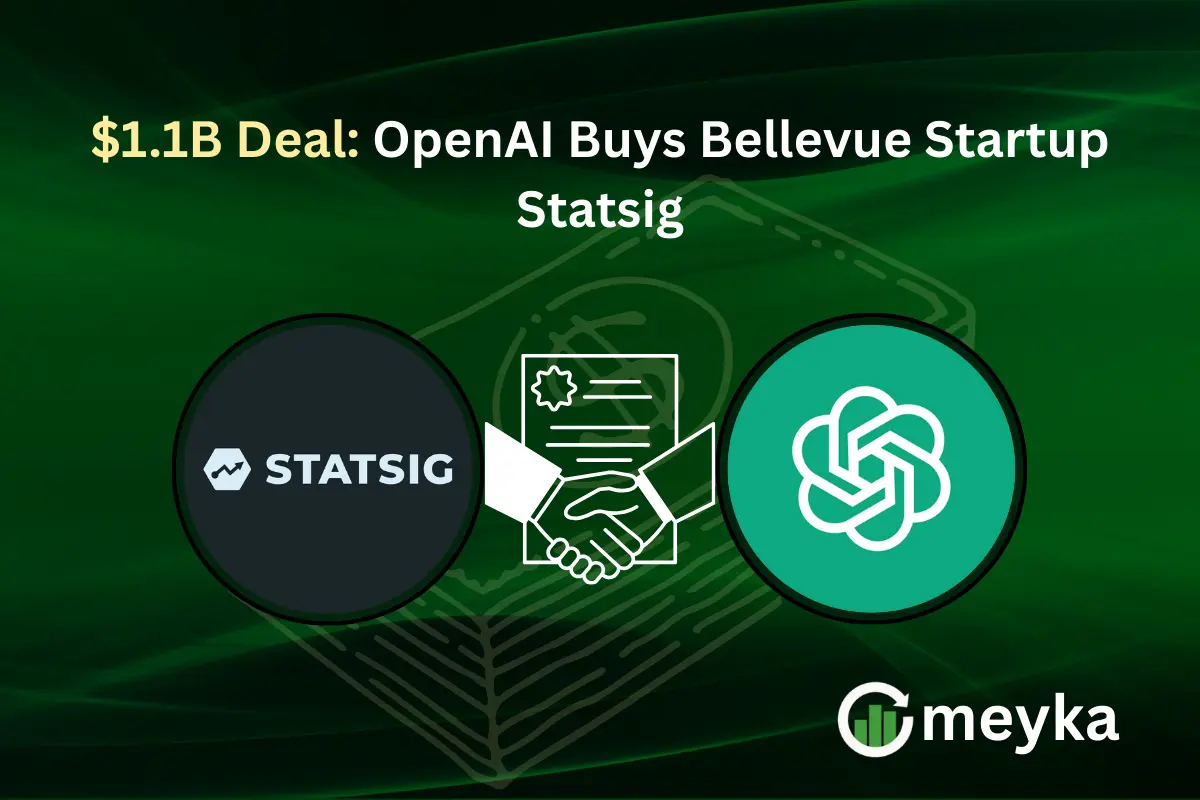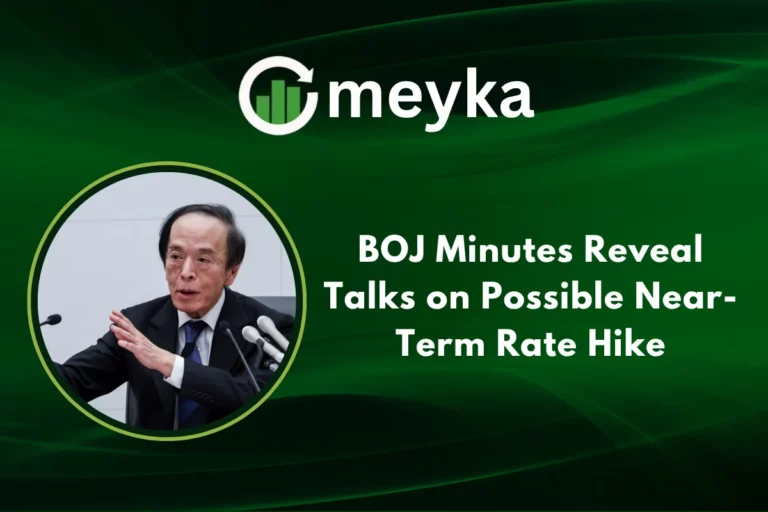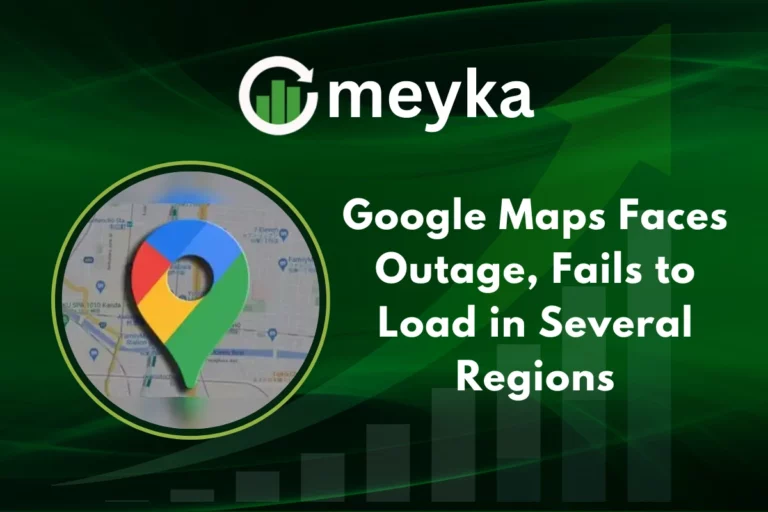$1.1B Deal: OpenAI Buys Bellevue Startup Statsig
OpenAI has just made headlines with a $1.1 billion move. The AI giant is buying Statsig, a Bellevue-based startup known for its product experimentation tools. This is not just another tech deal. It signals how quickly the AI industry is blending with data-driven decision-making.
Statsig has built a reputation for helping companies test, measure, and launch new features with speed and accuracy. OpenAI, on the other hand, is racing to scale its technology beyond research labs. Together, they create a powerful mix of AI innovation backed by real-world testing at enterprise scale.
We can see why this matters. Businesses today don’t just want smart models. They want reliable tools that improve products and customer experience. With this acquisition, OpenAI is stepping deeper into the enterprise world. It’s not only about building advanced AI. It’s about making sure those AI-driven features actually work for people.
Background on OpenAI’s Growth Strategy
OpenAI has moved quickly from a research lab to a full product company. Recent months show a clear push to build real apps that people and businesses can use. Leadership changes and hires have focused on turning models into products. The company is also buying teams that bring product and engineering muscle. These steps aim to speed up development and improve trust in AI systems.
Statsig at a Glance
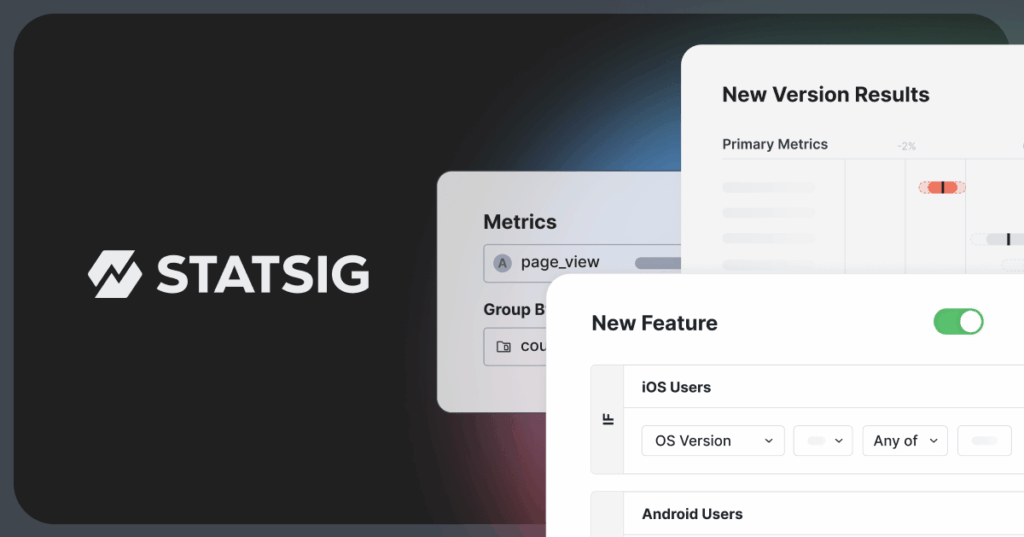
The Statsig began as a small startup that helps teams test features. Its platform supports A/B tests, feature flags, and real-time measurement. The tool tracks how users react to changes. Big tech and fast startups used Statsig to ship safer updates. The company raised venture capital and built a reputation for fast experiments and clear metrics. Statsig’s team has deep experience in large-scale product engineering.
Details of the Acquisition
OpenAI announced the purchase of Statsig in an all-stock deal valued at about $1.1 billion. The deal was presented as part of a larger plan to strengthen OpenAI’s applications business. Statsig will keep operating out of its Seattle/Bellevue office for now. The acquisition includes leadership changes: Statsig’s founder, Vijaye Raji, will join OpenAI as Chief Technology Officer of Applications. The agreement still needs the usual approvals and will be folded into OpenAI’s broader application teams.
Strategic Reasons for the Deal
OpenAI wants faster, safer product rollouts. Statsig’s tools help teams run controlled tests. That capability is useful for products that learn and change over time. Product testing reduces risk when new AI features go live. It also helps show which features truly help users. Bringing Statsig inside OpenAI can shorten feedback loops. Engineering teams can iterate faster. The move also gives OpenAI tools to measure model behavior in the wild. That matters for safety, reliability, and customer trust.
Industry Reactions
Analysts called the price bold. Some view the deal as evidence that AI firms now prioritize operational tooling. Commentators in the Seattle tech scene were surprised by the exit. Competitors and enterprise customers will watch how integration affects product continuity. Observers also noted that acquisitions like this signal a shift: AI companies are buying systems that make real products work at scale. The trade press emphasized leadership shifts inside OpenAI as part of the story.
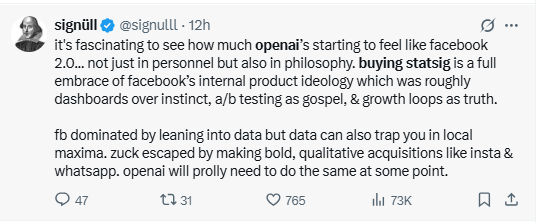
Implications for Enterprises
Enterprises may gain faster ways to test AI features safely. Combined tools from OpenAI and Statsig could let companies try risky ideas at low cost. Feature flags mean businesses can limit exposure while evaluating performance. A/B testing with clear metrics helps prove ROI on AI features. This should lower the barrier for enterprise adoption. Firms that already use both platforms may see smoother integration and clearer billing. However, customers will seek guarantees on data privacy, uptime, and migration paths after the deal closes.
What does this mean for Product Teams?
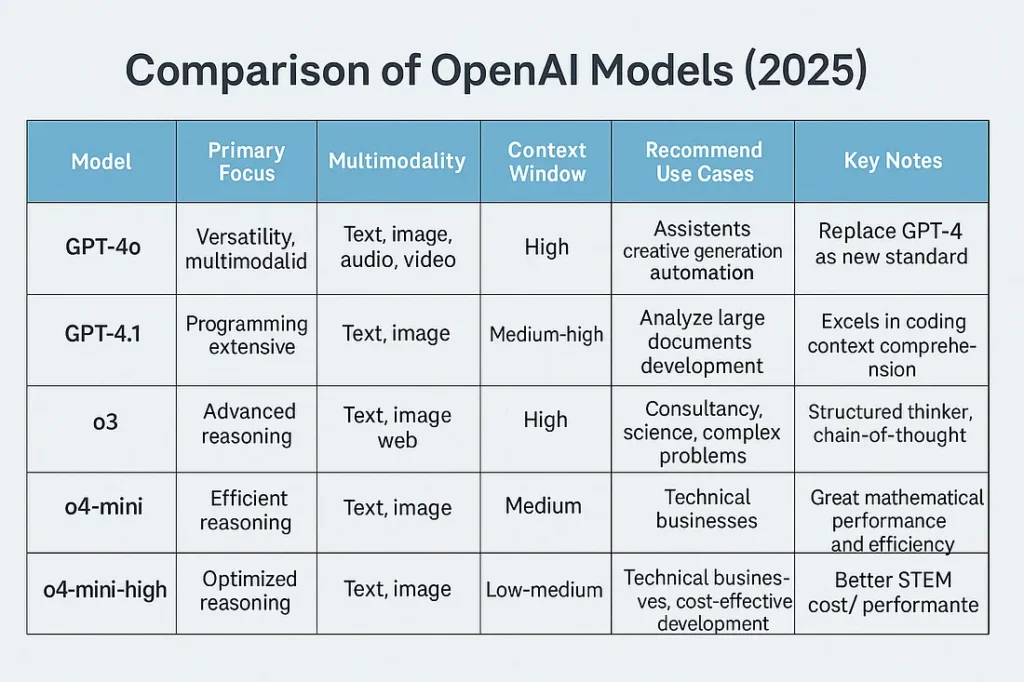
Product teams could get tighter feedback. Experiments will supply real numbers on feature value. Developers can roll back changes faster if problems appear. Product managers can prioritize ideas that show early wins. For teams building on top of OpenAI models, this could speed up safe releases. Still, teams must plan for changes in support and pricing once the acquisition finalizes.
Possible Challenges and Risks
Mergers bring work. Tech integration is never trivial. Teams must align APIs, data models, and SLAs. Customers worry about roadmap shifts. There is also regulatory scrutiny around large AI deals. OpenAI will need to keep Statsig’s customers happy during the transition. Finally, cultural fit matters. Startup speed does not always match the pace of a large platform company.
Future Outlook
If integration succeeds, expect more testing and analytics baked into AI products. OpenAI may offer built-in experimentation tools across its services. That could make deployments safer and faster for all customers. Competition will likely respond with their own moves. Companies such as Anthropic and Google might expand their own tooling or buy similar startups. The larger trend points to AI firms investing in infrastructure that helps teams operate AI in production, not just research.
Final Thoughts
The Statsig deal marks a new chapter in product-focused AI. It shows that measurement and testing are now core parts of the AI stack. For product teams, the promise is clear: faster learning and safer rollouts. For the industry, the deal signals a move from model-first thinking to product-and-operations thinking. Watch how integration unfolds. The next year will tell whether this acquisition delivers on that promise.
Frequently Asked Questions (FAQs)
On August 29, 2025, OpenAI announced the $1.1B deal to buy Statsig. The goal is to use Statsig’s testing tools to improve AI products for businesses.
Statsig will join OpenAI’s applications team in 2025. Its founder, Vijaye Raji, will become CTO of Applications. The company will keep helping enterprises with product testing tools.
Disclaimer:
This is for informational purposes only and does not constitute financial advice. Always do your research.
